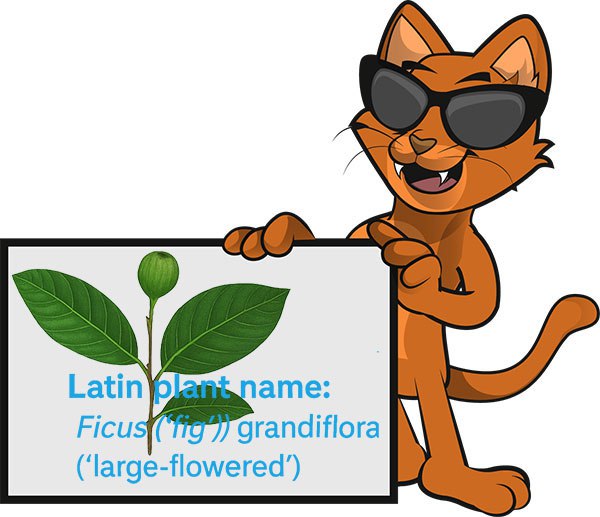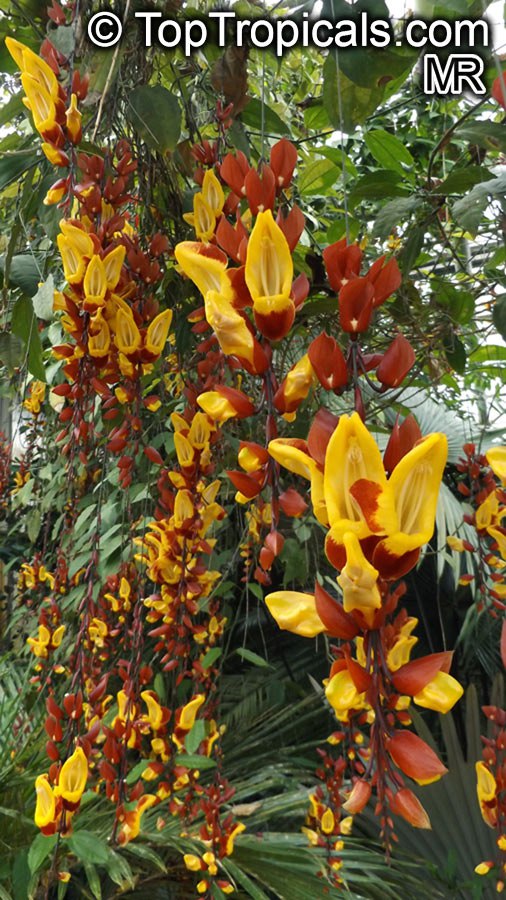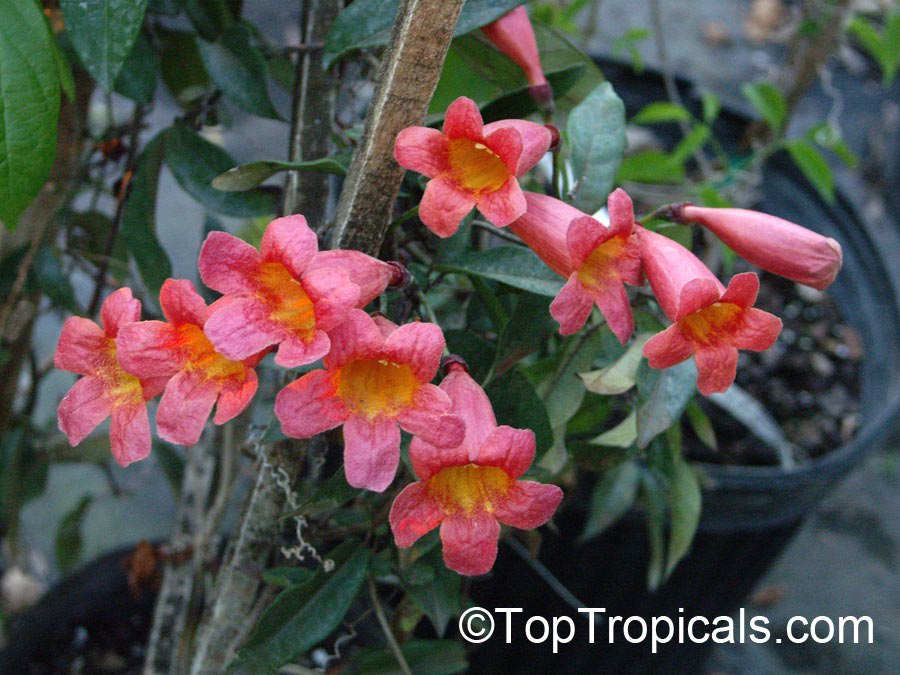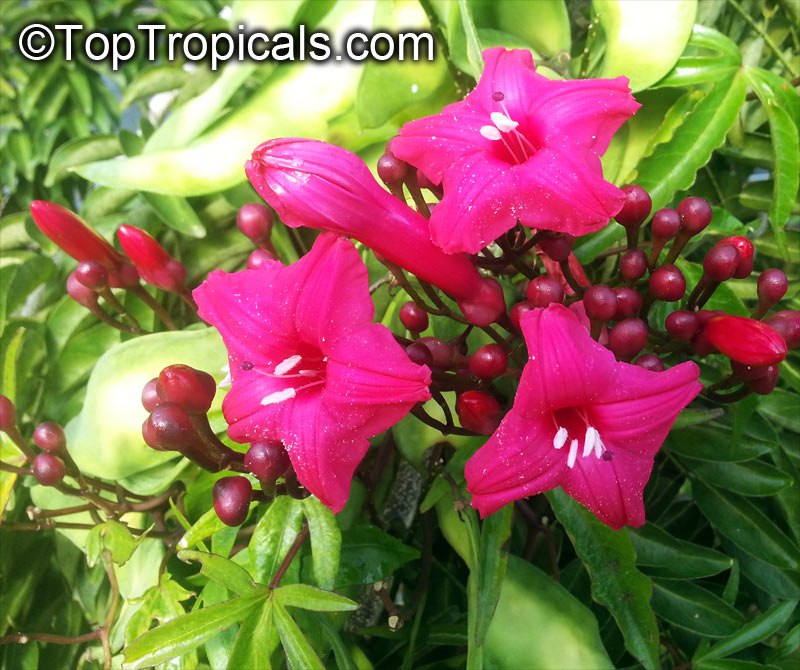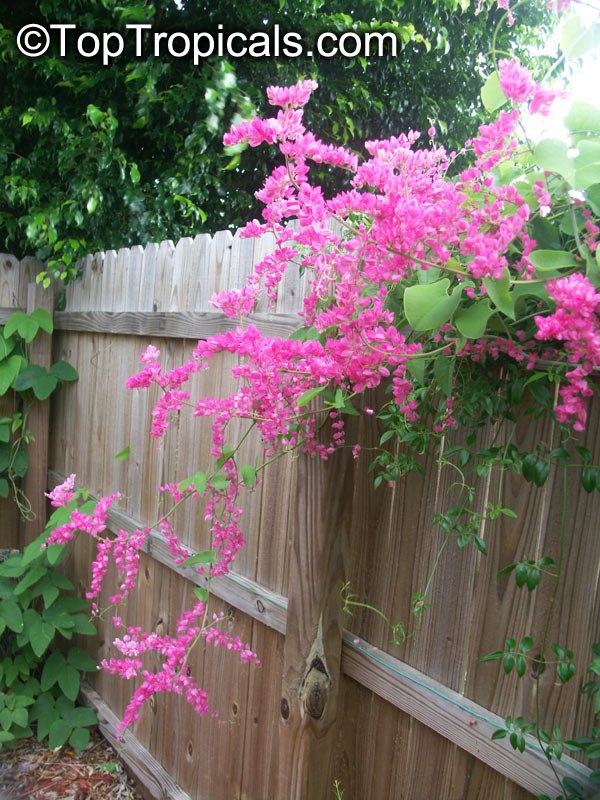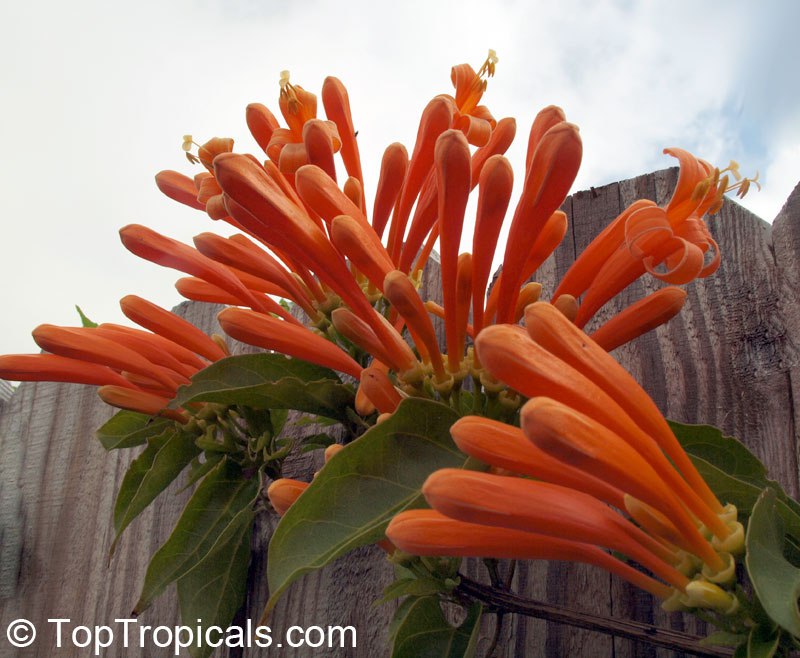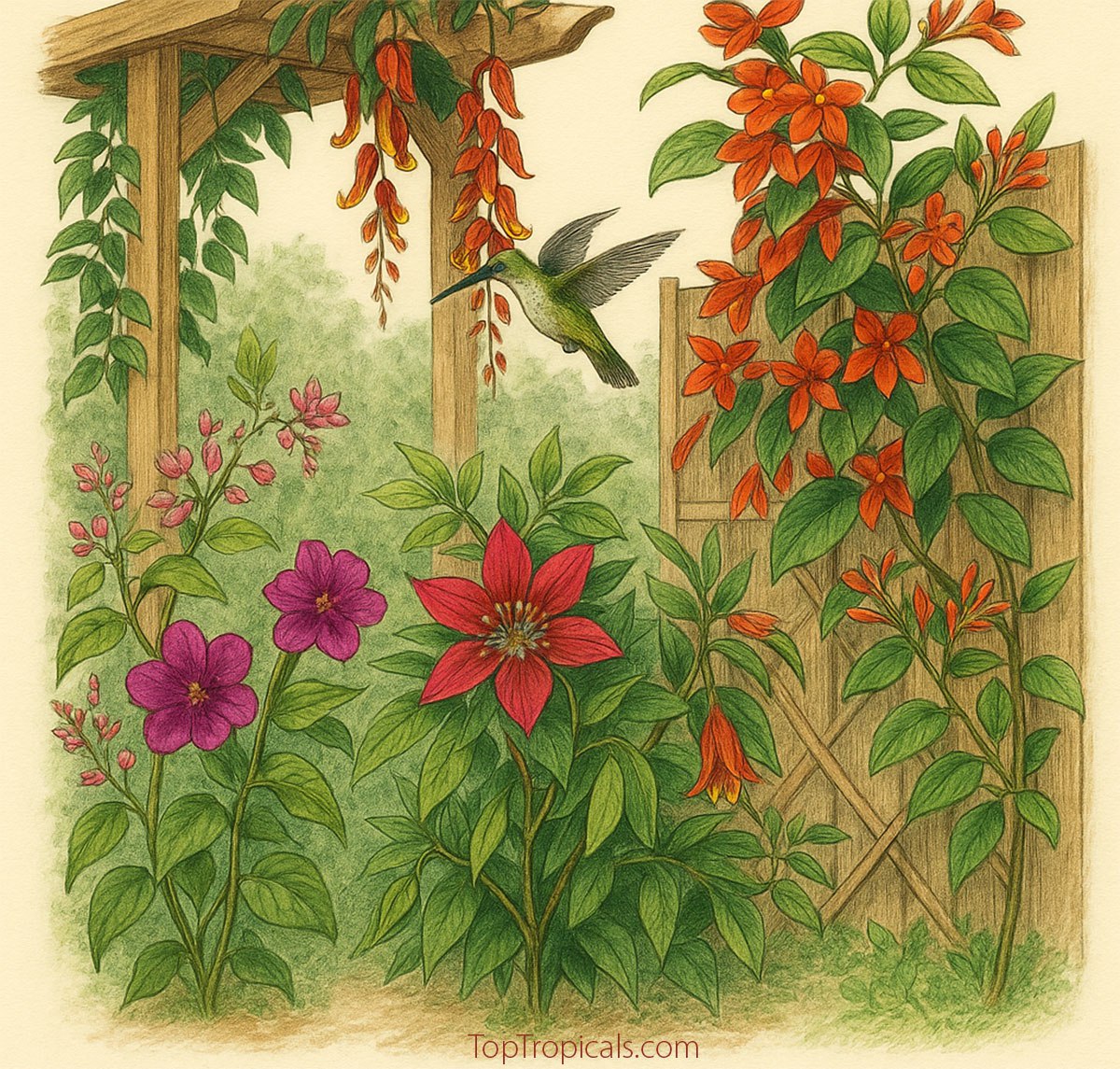Garden Blog - Top Tropicals
How to grow cold-hardy avocados and how cold-hardy are they?
How to grow cold-hardy avocados and how cold-hardy are they?
Growing avocados in colder regions is possible with the right variety and care. By selecting Cold Hardy varieties, ensuring proper care, and taking protective steps during cold spells, you can successfully grow avocados outside of tropical climates.
The more established your tree, the better it will tolerate colder weather.
🌡 What is Avocado cold hardiness?
Avocados are sensitive to freezing temperatures but some Mexican varieties are cold-hardy, surviving temperatures as low as 15F once established. With proper care, some can endure brief cold snaps down to 10F.
❄️ How to protect avocados from cold
If you're growing avocados in a cooler climate, it's essential to protect them from harsh cold. Here are some tips:
✍️ Specific protection for young plants
🛒 Shop Cold Hardy Avocados
📚Learn more:
#Food_Forest #Avocado #How_to
🔴 Join 👉 TopTropicals
Growing avocados in colder regions is possible with the right variety and care. By selecting Cold Hardy varieties, ensuring proper care, and taking protective steps during cold spells, you can successfully grow avocados outside of tropical climates.
The more established your tree, the better it will tolerate colder weather.
🌡 What is Avocado cold hardiness?
Avocados are sensitive to freezing temperatures but some Mexican varieties are cold-hardy, surviving temperatures as low as 15F once established. With proper care, some can endure brief cold snaps down to 10F.
- 👉 Cold hardiness depends on several factors, including:
- 🟢 Duration of cold: How long the tree is exposed to freezing temperatures.
- 🟢 Sun exposure: Trees with more sunlight tend to handle cold better.
- 🟢 Wind protection: Wind can make cold weather more damaging.
- 🟢 Tree health: Proper care, including fertilization, can improve cold tolerance.
❄️ How to protect avocados from cold
If you're growing avocados in a cooler climate, it's essential to protect them from harsh cold. Here are some tips:
- 🟢 Bigger is Better: Larger, more established trees are generally more cold-tolerant than young ones.
- 🟢 Wind Protection: Cold winds can be more damaging than the temperature itself. Plant your avocado in a sheltered spot, such as on the south or southeast side of a building, where it’s protected from strong winds.
- 🟢 Good Fertilization: A healthy tree is more likely to withstand cold. Make sure your avocado receives regular fertilization throughout the growing season to keep it strong.
- 🟢 Watering: Avocados need regular watering, but during winter, they require much less water. Avoid overwatering, as this can lead to root rot in cold conditions.
✍️ Specific protection for young plants
- 🟢 Covering and mulching: When a freeze is expected, mound mulch around the trunk to insulate the roots and cover the tree with a blanket for warmth. For extra protection, use Christmas lights or a small heater under the cover, following safety precautions.
- 🟢 Microclimates matter: Plant your tree closer to a building for better cold protection. Placing it in the warmest part of your landscape will help it get more heat during winter.
- 🟢 With proper care and protection, you can enjoy fresh avocados even in cooler climates!
🛒 Shop Cold Hardy Avocados
📚Learn more:
- · Can I Grow Avocado Outside the Tropics?
- · Avocado Variety Guide
- · Posts about #Avocado
#Food_Forest #Avocado #How_to
🔴 Join 👉 TopTropicals
How to produce my own vanilla?
💡 How to produce my own vanilla?
Secrets of Vanilla pollination finally revealed!
Vanilla is the World's most popular flavor and one of the most expensive spices and flavorings.
Every tropical gardener wants to have a vanilla plant and of course the most common question they ask - how to make my vanilla produce vanilla for me? In this video we will show you how:
📱
🛒 Shop Vanilla Bean Orchids
📚 Learn more:
#Container_Garden #Shade_Garden #Food_Forest #How_to
🔴 Join 👉 TopTropicals
Secrets of Vanilla pollination finally revealed!
Vanilla is the World's most popular flavor and one of the most expensive spices and flavorings.
Every tropical gardener wants to have a vanilla plant and of course the most common question they ask - how to make my vanilla produce vanilla for me? In this video we will show you how:
📱
🛒 Shop Vanilla Bean Orchids
📚 Learn more:
#Container_Garden #Shade_Garden #Food_Forest #How_to
🔴 Join 👉 TopTropicals
Easy Latin: unlocking plant names - why scientific names matter and how to decode them
💻 Easy Latin: unlocking plant names - why scientific names matter and how to decode them
🛠 Examples of Latin names and their meanings:
🍋 Citrus sinensis – "Citrus" is the genus for citrus fruits, and "sinensis" means "from China," indicating the origin of the sweet orange.
🌸 Plumeria rubra – "Plumeria" is named after French botanist Charles Plumier, and "rubra" means "red," referring to its flower color.
🍁 Acer palmatum – "Acer" means "sharp," referring to the sharp-pointed leaves, and "palmatum" means "hand-shaped," referring to the leaf's shape.
By understanding the Latin names and their meanings, you can learn about a plant's origins, growth habits, and other key traits!
📚 Learn more:
Easy Latin name guide
#How_to
🔴 Join 👉 TopTropicals
- ✔️ Plants need scientific names (or Latin names) to keep things clear and avoid confusion. Common names can vary from place to place, and one name might refer to different plants.
- ✔️ A scientific name is like a plant's social security number - it's unique and makes sure everyone knows exactly which plant you're talking about. For example, if you say "Trumpet tree," you could be talking about Brugmansia, Tabebuia, Oroxylum, or even Dolichandrone. With a scientific name, there's no guessing! It's the perfect plant ID to keep things simple and precise.
- ✔️ So, if you're looking for a specific plant to add to your wishlist, be sure to find its scientific name first - that way, you'll be sure to get the right plant!
🛠 Examples of Latin names and their meanings:
🍋 Citrus sinensis – "Citrus" is the genus for citrus fruits, and "sinensis" means "from China," indicating the origin of the sweet orange.
🌸 Plumeria rubra – "Plumeria" is named after French botanist Charles Plumier, and "rubra" means "red," referring to its flower color.
🍁 Acer palmatum – "Acer" means "sharp," referring to the sharp-pointed leaves, and "palmatum" means "hand-shaped," referring to the leaf's shape.
By understanding the Latin names and their meanings, you can learn about a plant's origins, growth habits, and other key traits!
📚 Learn more:
Easy Latin name guide
#How_to
🔴 Join 👉 TopTropicals
How to get your own Dragon Fruit plantation:
📱 How to get your own Dragon Fruit plantation:
#Food_Forest #How_to #Dragon_Fruit
🔴 Join 👉 TopTropicals
#Food_Forest #How_to #Dragon_Fruit
🔴 Join 👉 TopTropicals
Why we planted a whole field of this Dragon Fruit: how to get your own Dragon Fruit plantation
Dragon fruit plantation
🌵🌵🌵 Why we planted a whole field of this Dragon Fruit: how to get your own Dragon Fruit plantation
📚 Learn more:
🛒Grow your own Tasty Dragon Fruits
#Food_Forest #How_to #Dragon_Fruit
🔴 Join 👉 TopTropicals
- 💛 Do you like Dragon Fruit? Our favorite variety is Parlora.
- 💛 It's a yellow Pitaya cactus from Ecuador, and hands down the most flavorful dragon fruit out there. While most varieties are pretty but kind of bland, this one is sweet, juicy, and packed with flavor.
- 💛 We love it so much at Top Tropicals, we planted a whole plantation! All it takes is a simple trellis – just a few posts and some chicken wire - and you can grow your own and enjoy this delicious fruit year-round.
📚 Learn more:
- · Do-It-Yourself Support Structure for Dragon Fruit
- · Grow Your Own Exotic Dragon Fruit Garden
- · Top 10 fruit you'll ever need for your health benefits: Dragon fruit
- · What does Dragon Fruit Flower look like?
- · What does a dragon taste like? Learn why you need to grow your own.
- · Do red, white and yellow Dragon fruit taste differently?
- · What to do with a lot of Dragon Fruit
🛒Grow your own Tasty Dragon Fruits
#Food_Forest #How_to #Dragon_Fruit
🔴 Join 👉 TopTropicals

